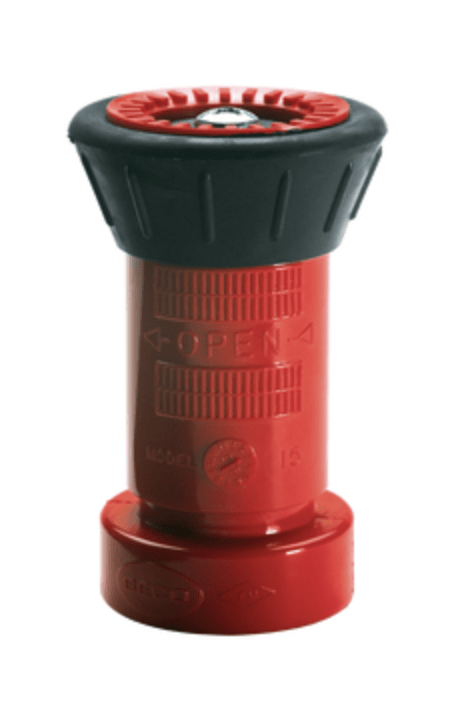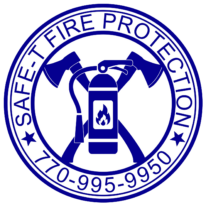Education & Training
Safe-T Fire Protection is passionate about teaching fire education and safety. We believe that people should be knowledgeable in this area so they can be more prepared for emergencies. Awareness on this topic will also eliminate potential mistakes from being made, which happens when people are ignorant of fire safety. There are also fun educational videos and fire safety education made for kids! Here’s some important information that will get you started on the road to fire safety education.
CALL US 770-995-9950


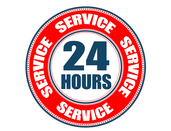
Portable Fire Extinguisher Inspection Checklist
Monthly inspection shall include a quick check of at least the following:
- Located in designated, properly marked place
- Is the fire extinguisher unobstructed and accessible?
- Are the operating instructions on the nameplate legible?
- Seals or Tamper Indicator not broken or missing
- Determine fullness by weighing or “Hefting”
- Examine for obvious physical damage, corrosion, leakage, or clogging
- Pressure Gauge reading in the operable range and not damaged.
Corrective Actions
When an inspection of a fire extinguisher reveals a deficiency in any of the conditions listed above, immediate corrective action should be taken. Call Safe-T Sales and Services 770-995-9950.
Types of Inspections
- Monthly Inspections with date and initials on back of certification tag
- Annual Inspections
- Six-Year Service/Twelve-Year Hydro Test
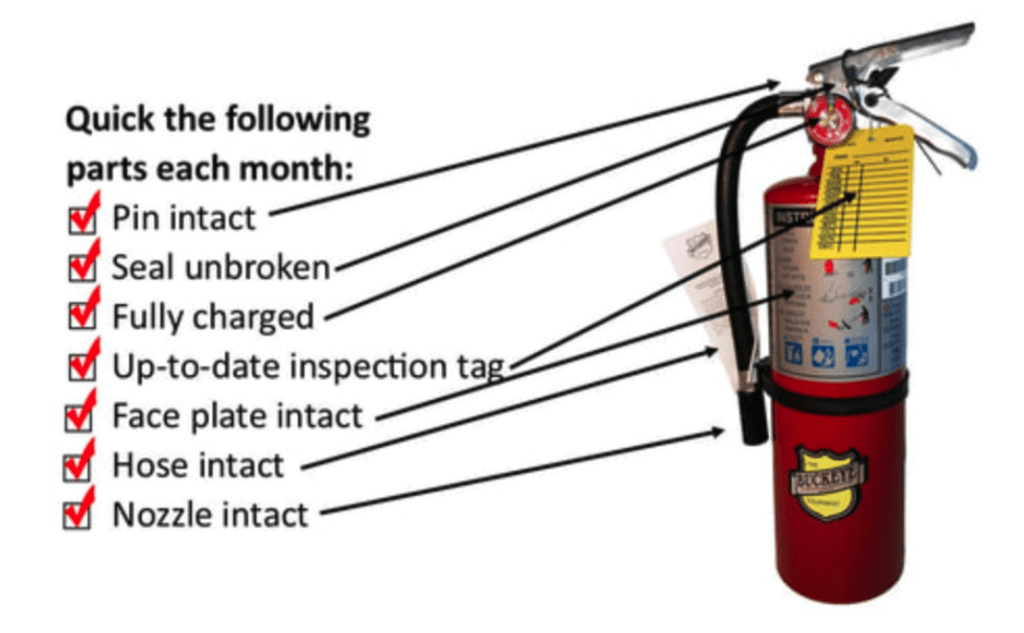
Fire Safety For Kids
Children must also be aware of fire safety tips and guidelines, and the NFPA created the Sparky’s Fire Safety Club with engaging and educational videos, free online games, and more! By the end of the “fire safety for kids pledge” they will have a good grasp on planning a fire escape, smoke detectors, and how to avoid hazards. Through their free Sparky’s Club, your children will forget they’re learning vital safety tips by exploring fire trucks, completing fun activities, and learning more about Sparky the Dog. Read our blog for “How to Get Kids Fired Up About Fire Safety“ and more information.
When To Fight The Fire…
Fight the fire only if all of the following are true:
- Everyone has left or is leaving the building.
- The fire department has been called.
- The fire is small and confined to the immediate area where it started (wastebasket, cushion, small appliance, etc).
- You can fight the fire with your back to a safe escape route.
- Your extinguisher is rated for the type of fire you are fighting and is in good working order.
- You are trained to use the extinguisher and know you can operate it effectively.
If you have the slightest doubt about whether you should fight the fire— DON’T! Instead, get out and close the door behind you.
Protect Yourself At All Times!
Stay low. Avoid breathing the heated smoke and fumes or the extinguishing agent.
If the fire starts to spread or threatens your escape route, get out immediately.
Remember:
If you are called on to use an extinguisher, just think of the word “P.A.S.S.”
Pull
The safety pin at the top of the extinguisher.
Aim
The nozzle or hose at the base of the flames. Stay between six and eight feet away from the flames.
Squeeze
Or press the handle.
Sweep
From side to side at the base of the fire until it goes out.
By following these procedures, a fire can be extinguished in the quickest and safest manner possible.
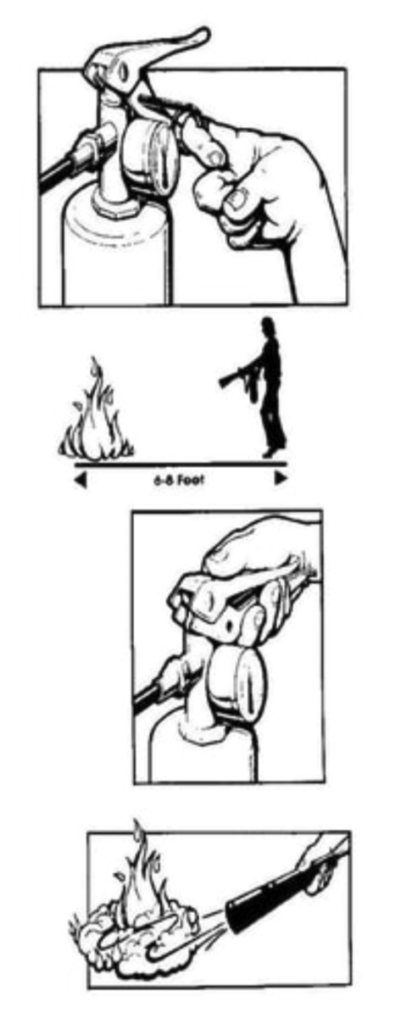
Classes of Fires
There are four classes of fires, which depict the type of fire it is. Fire extinguishers will have a label showing which class they can be used with. If there is a red slash through the symbol, the fire extinguisher should not be used to put out that class of fire. If there is no symbol, it signals that the extinguisher has not been tested, but may be used in emergencies if no other fire extinguishers are on hand.
- Class A- Ordinary combustibles like wood, cloth, and paper.
- Class B- Flammable liquids including gasoline and oil.
- Class C- Electrical equipment like wiring, fuse boxes, circuit breakers, and machinery.
- Class D- Combustible metals such as magnesium or sodium.
Fires in the Workplace
Employees should be trained on where fire extinguishers are and how to use them. It’s also important to know your company’s fire emergency procedures and where to evacuate. In the event of a fire, the person handling the fire extinguisher must be familiar with it, as extinguishers have limits. They are not designed to fight large fires, and can only be useful when they can match the fire being fought. Most portable fire extinguishers discharge completely in about 8-10 seconds.
If you come across a fire, remember the 3 A’s:
- Activate, or set off the alarm system and call 911.
- Assist people in danger or those unable to escape on their own.
- Only after those two should you Attempt to extinguish the fire.
Now that you know some of the basics of fire safety, you are more prepared in the event of an emergency. Keep researching and learning about fire education so that you can teach others as well. Ensure that all fire safety equipment is maintained, including fire extinguishers, smoke detectors, sprinkler systems, and fire alarms. You never know, it may just end up saving your life.
FIRE INDUSTRY RESOURCES & LINKS
